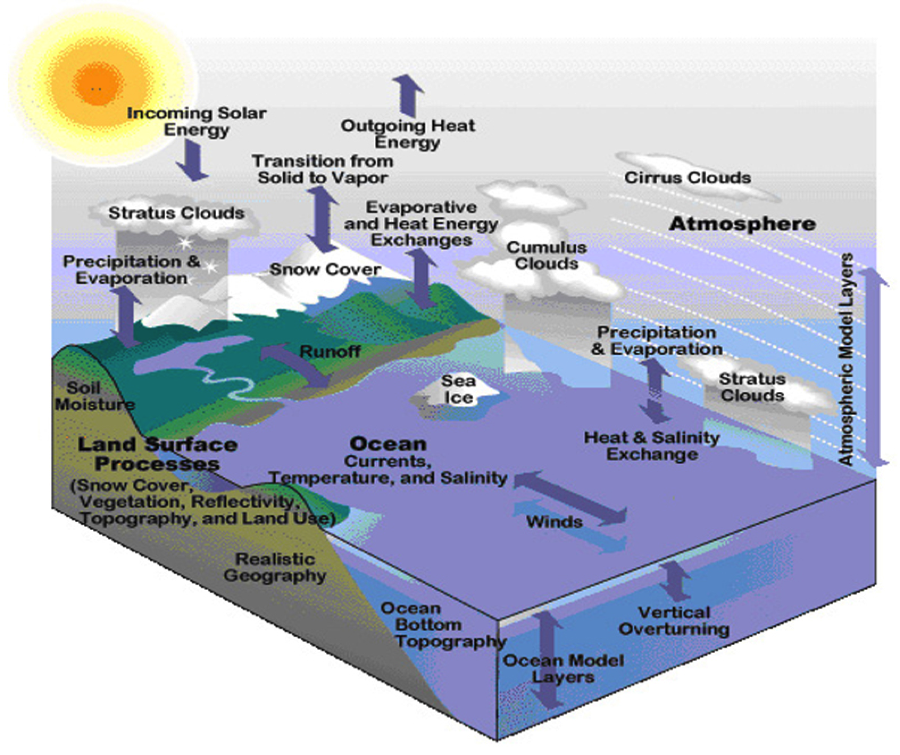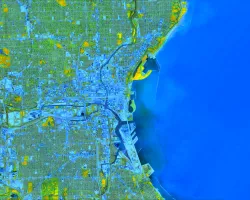On September 29th we will be starting a two-part training course on the use of NASA satellite data for climate change applications. This course will be open to the public, and here is why this is important.
Let’s start with the basics. Weather is defined as the short-term, current atmospheric conditions of any given location. In contrast, climate is the long-term average of these conditions in that same location. For example, sometimes Arizona is hot, cold, rainy, or sunny, but none of that changes the fact that it’s a desert. It hasn’t always been a desert, but that kind of thing (its climate) changes through decades and millennia, while the weather may change over the course of a day. And as useful as it is to be able to predict the weather, to know whether or not we need to bring a coat or umbrella, it is just as useful to be able to predict the climate, so we know how far back to build our house from the coast and what to build it out of.
Historically, most of our information about the current state of the climate and the direction it was going in came from somebody taking the temperature with a thermometer and writing it down among the other thousands of entries. This had to be done in each location around the world and, as you can imagine, that is a lot of records and good luck comparing them from place to place. Thankfully in the 21st century we can take a step back from the Earth and record the whole picture from space. Polar-orbiting and geostationary satellites are constantly measuring the temperature, precipitation, and all the other variables that go into our planet’s climate. This information then goes into climate models that do the back-end statistical work of predicting what changes are occurring and how fast. There are also sophisticated dynamical and physical climate models which help predict seasonal to inter-annual climate and even project climate out to decades to a century. With this information, we can then make informed choices in terms of our adaptation and risk management.
This two-part, introductory training series will start by teaching you what main components are relevant to climate change, the role that Earth-observing satellites play in monitoring it, and what NASA resources are available to you for monitoring the climate and its impacts. It will end by going into detail about global climate models, how these models can help adaptation planning, and what kinds of errors and uncertainties to expect. This foundational information will put you on a good footing to approach your climate-related questions in a well-informed way and make sure you know what NASA resources are available to you and what to expect. To register to attend this training at no cost to you, follow the link below.




